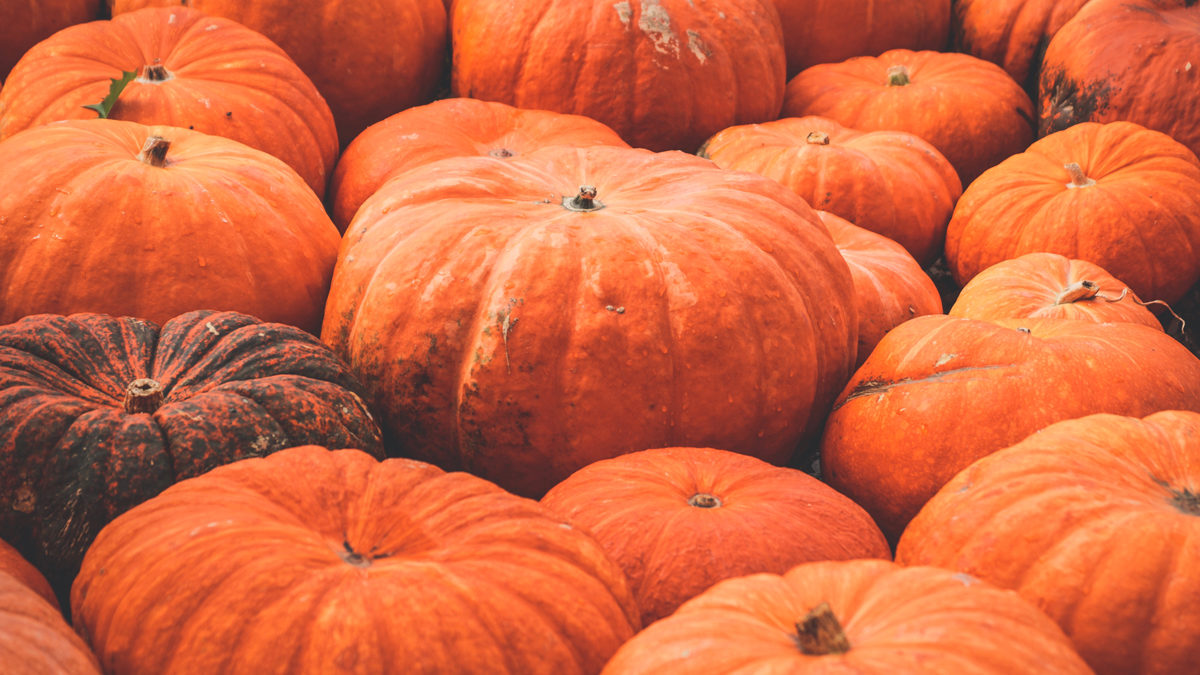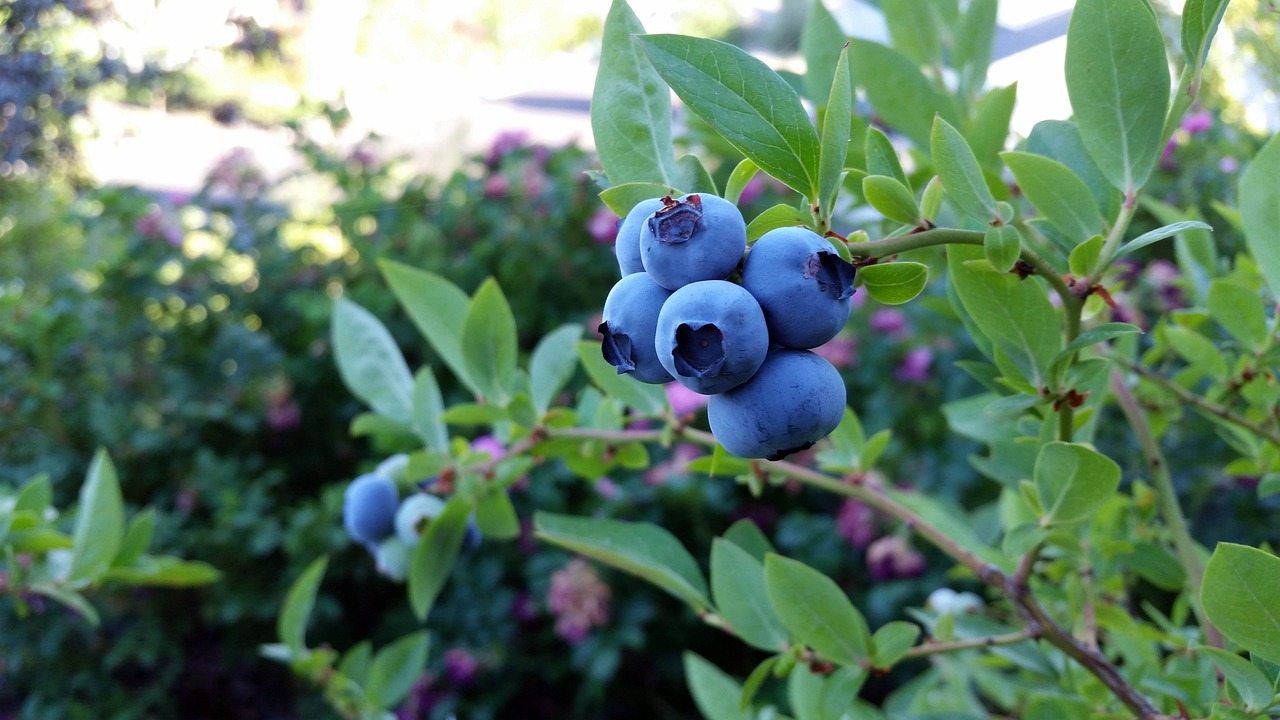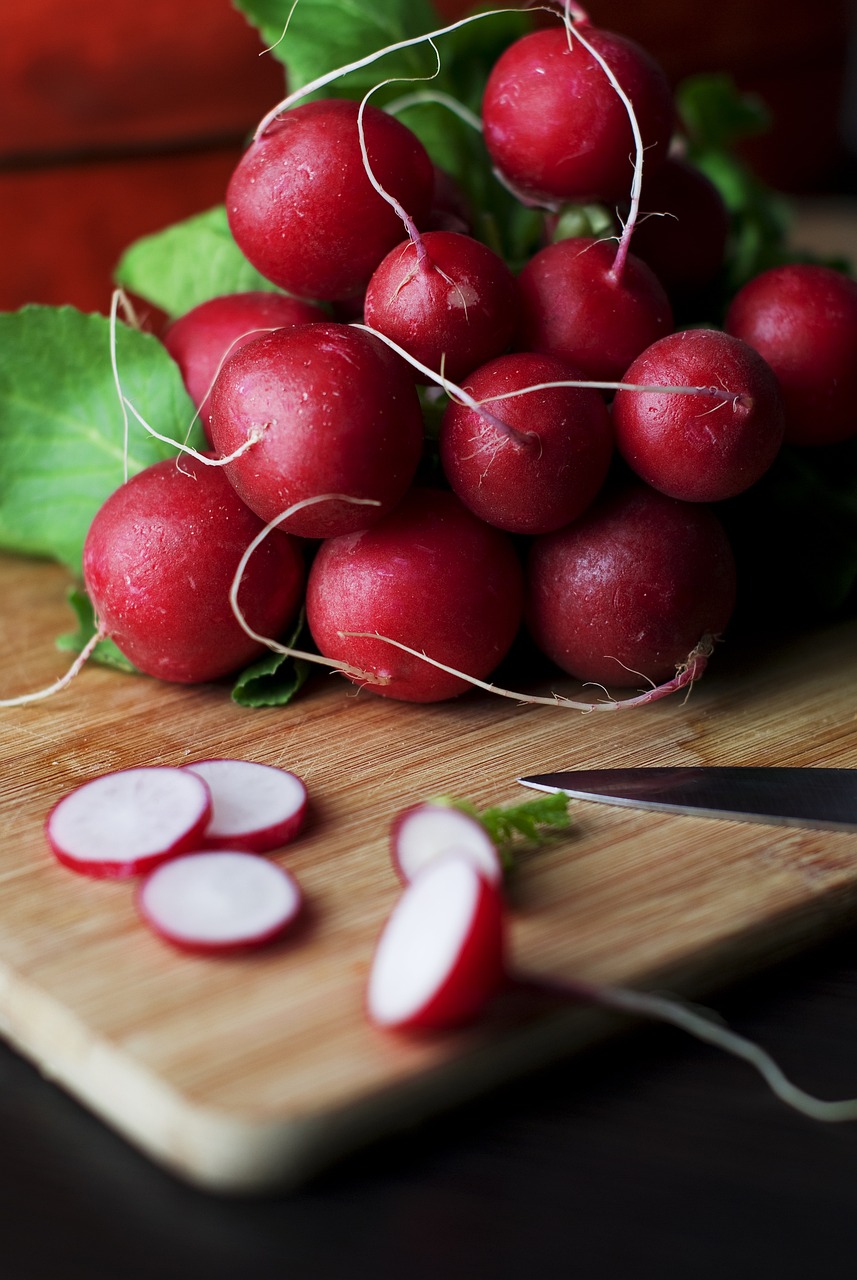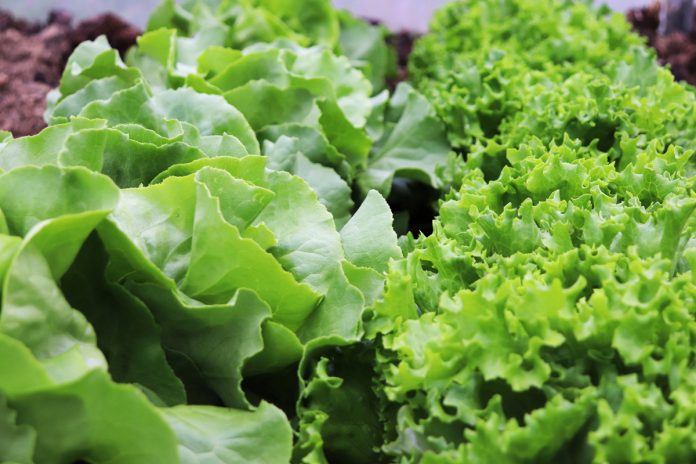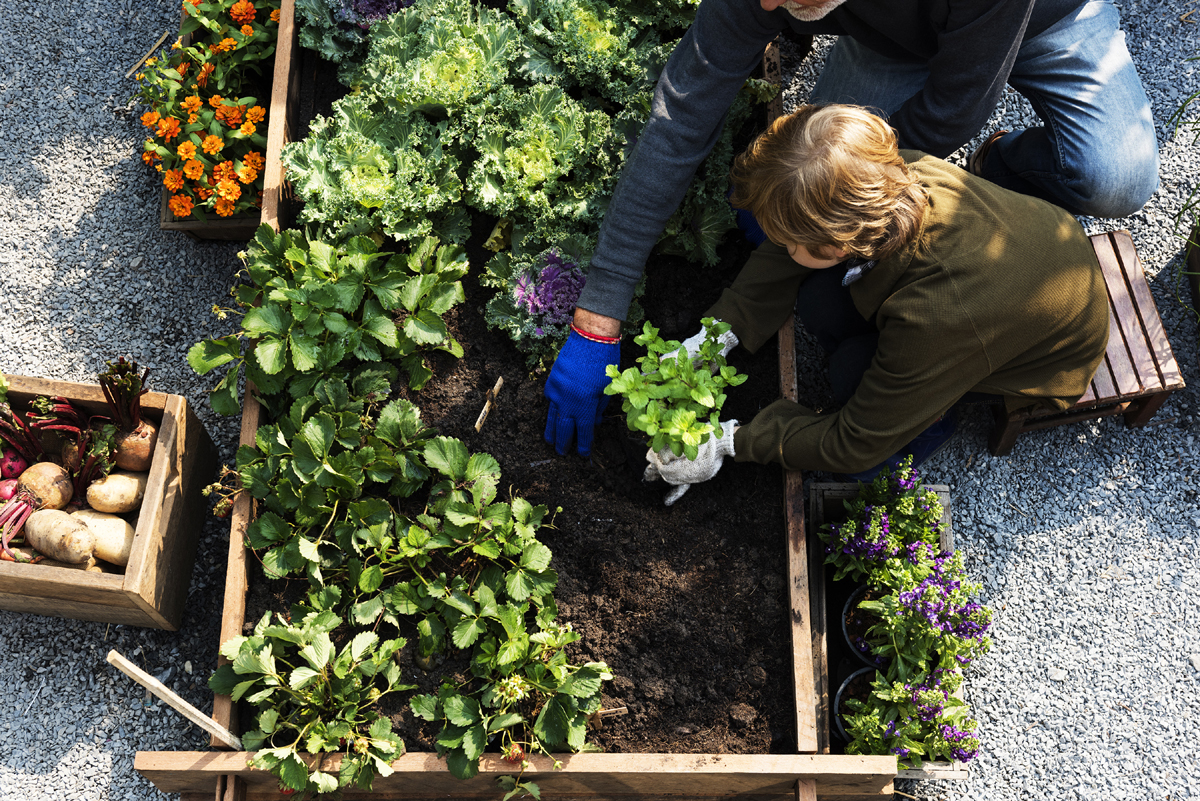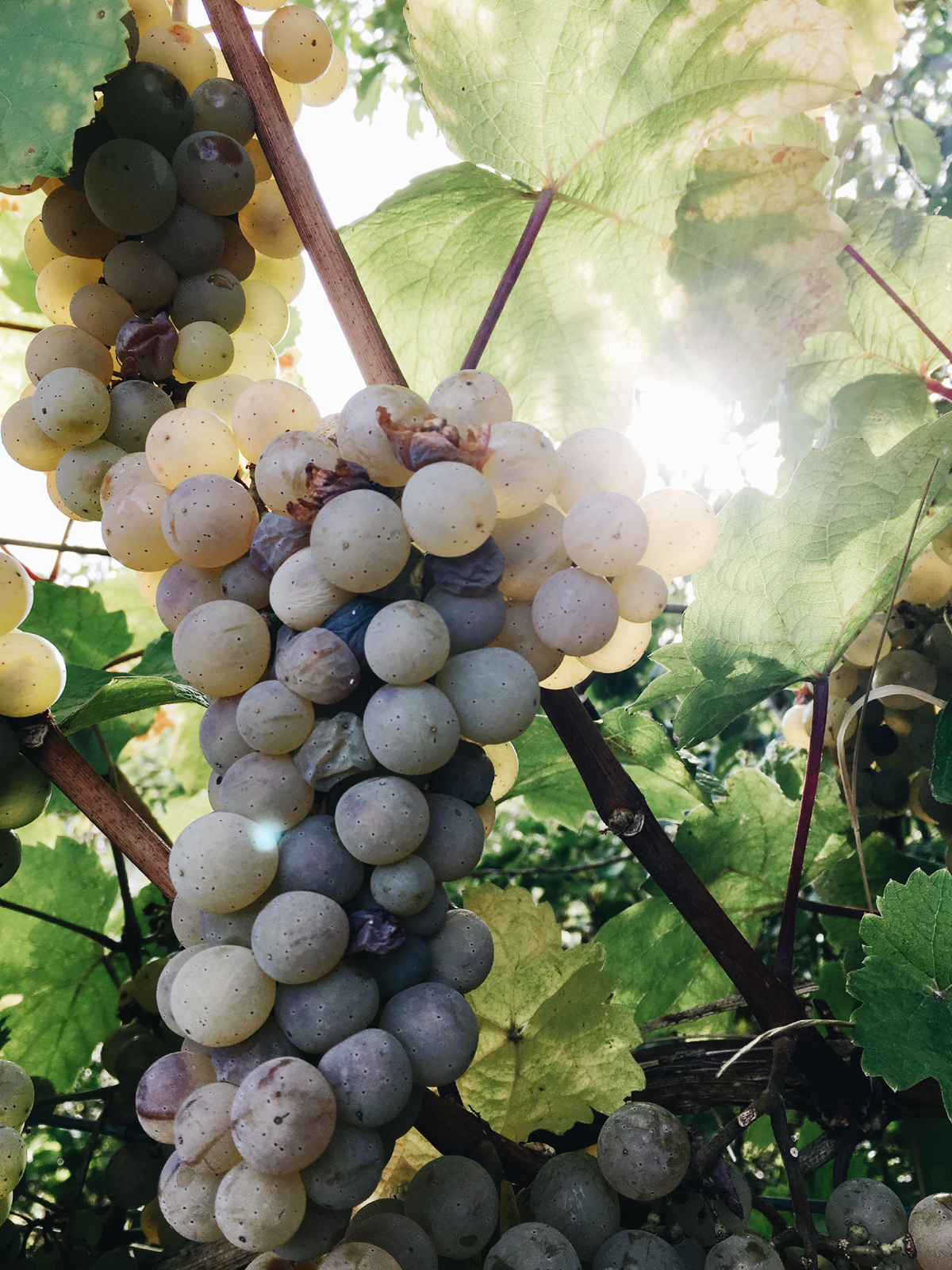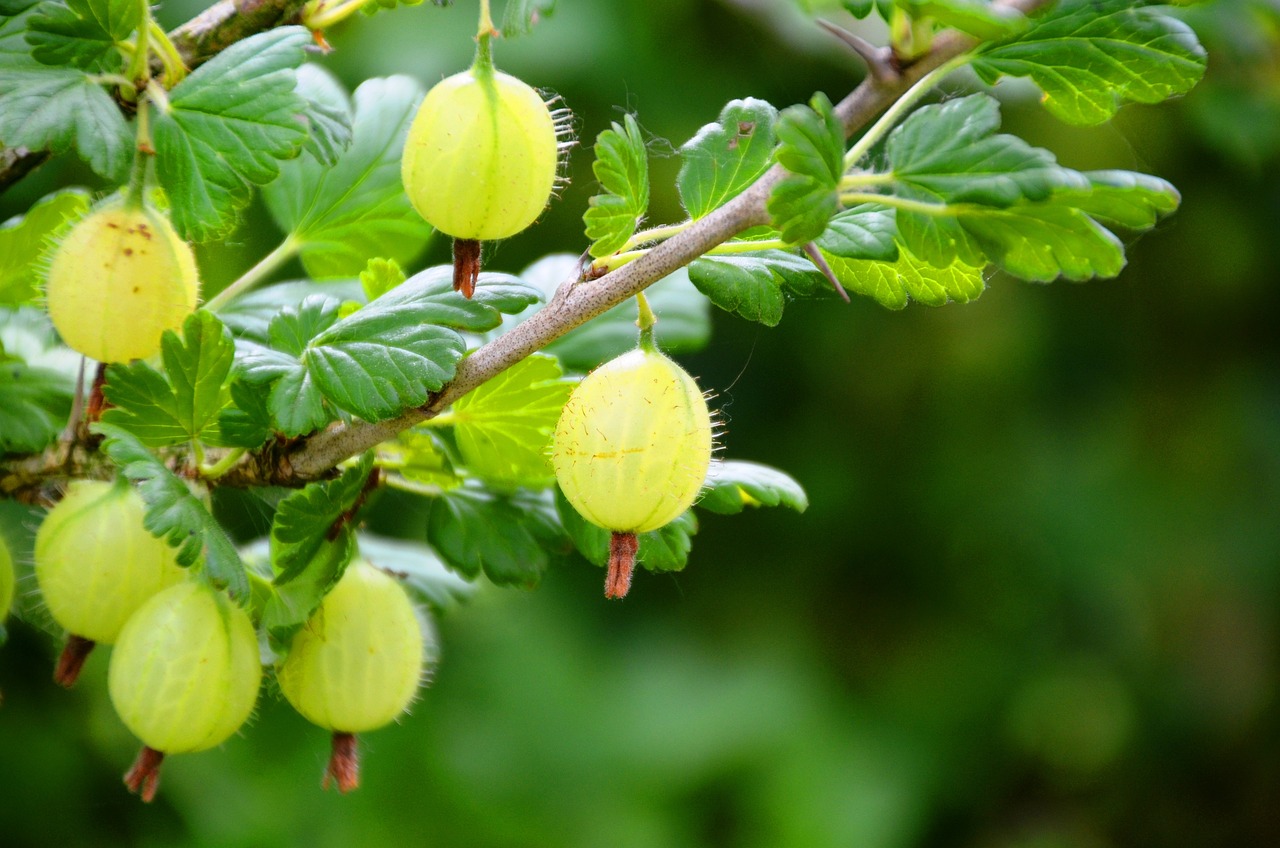When to Plant Tomato Seeds!
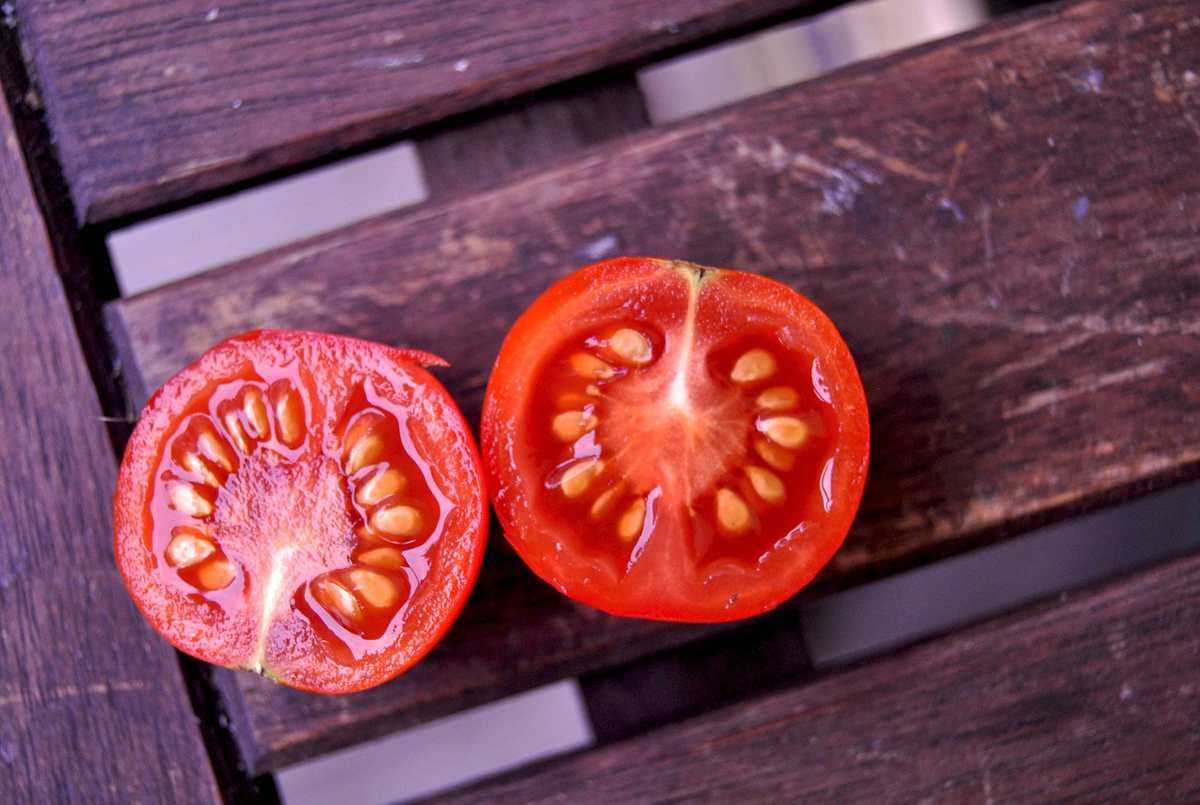
It is almost time to start planting tomato seeds for this summer’s crop. Even though there is still snow on the ground in many parts of the country, planting these tiny seeds gives us something to do while we’re waiting for warmer weather.
Perusing seed catalogs for different kinds of tomatoes is not only fun, but necessary if you are going to select just the right plants for your garden. A visit to your local Walmart or seed store can provide you with a few tomato seed varieties. If you want something different, order it from a seed catalog or on the internet.
Selecting the seeds that you’re going to use is almost as much fun as sticking them in the potting mixture. I plant both types of tomatoes in my garden; determinate and indeterminate plants.
The former are plants that mature all at the same time with a lot of fruit. The latter are the ones that keep producing new shoots and new fruit throughout the growing season. It is exciting to plant both and brag about the abundance you have in your tomato garden.
There are also the early, mid-season and late varieties that will cover the entire growing season where ever you live. In order to have just the right color in your garden, there are red, pink, green, yellow, orange and gold tomato plants.
Mixed in with all this blend of color, are the plants with very dark fruit with names like black cherry, black zebra, Cherokee purple and black plum. There are also tomatoes that are red with green stripes, golden yellow with red stripes and yellow orange with red streaks.
After daydreaming about a huge garden with at least one of each plant in the catalog, it is time for a reality check. Select a few varieties that you would like to plant and put them in the potting mix to germinate.
It’s important that you start with a good quality potting soil even though some commercial growers use a mix of old sawdust and sand. I find that potting soil with a little vermiculite added to make it loose, works just fine.
Start the seed about five to six weeks before the last anticipated frost. This schedule will allow the plant that you have started from seed, to hit the garden when the soil temperature is warm. If the soil is too cool the plant will just sit there and leave you scratching your head as to why it’s not blooming.
Almost everyone who has any kind of garden, whether it is vegetable or flowers, have leftover flats that old plants occupied last spring. I use these as well as old yogurt cups to start my tomatoes. Plant the seeds about an eighth of inch deep and they should flourish, if they are good seeds.
Over the years I have learned that young tomato plants like a breeze so they can dance in the wind. After they have a couple of leaves on them, place a small fan set on low near the seedlings and they will think they’re in the garden and all grown up. They appear a little stronger than those raised without air stirring around them.
When the plants get four leaves on them, transplant the ones that you have in flats to a cup or pot of their own. When spring arrives, place the plants outside for a few hours a day. This will let them harden up and be ready to be placed in your garden. The elapsed time from setting the seed to setting the plant is about seven to eight weeks.
Another option for growing tomato plants is to wait until spring and buy the seedlings that are already six to eight inches tall. It is easier that way, but not nearly as much fun as starting them from seed and watching them grow up to be big, beautiful tomatoes.
The Author:
Bob Alexander is well experienced in outdoor cooking, fishing and leisure living.

